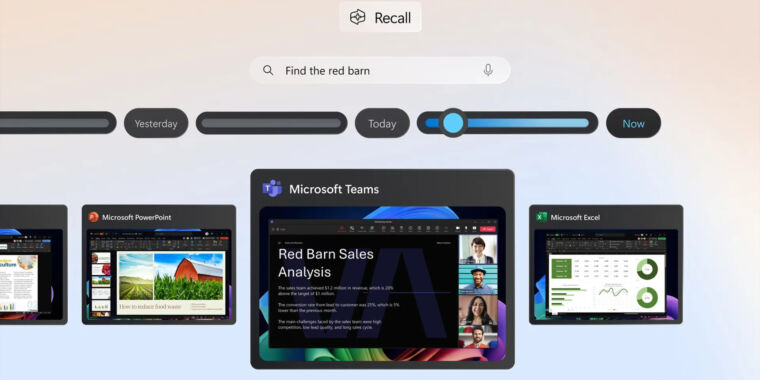

The downside of building the phone/tablet into the car, though, is that phones change more quickly than cars.
A 20 year old car can be perfectly functional. A 20 year old smarphone is insanely outdated. If the phone is built into the car, you’re stuck with it.
Relative to a built-in system, I’d kind of rather just have a standard mounting point with security attachments and have the car computer be upgraded. 3DIN maybe.
I get the “phone is small” argument, but the phone is upgradeable.
And I’d definitely rather have physical controls for a lot of things.




I mean, they’ve done this when places charge them money to index the news articles there.
It hardly seems reasonable to both mandate that they index a given piece of news media and that they pay a fee to do so.